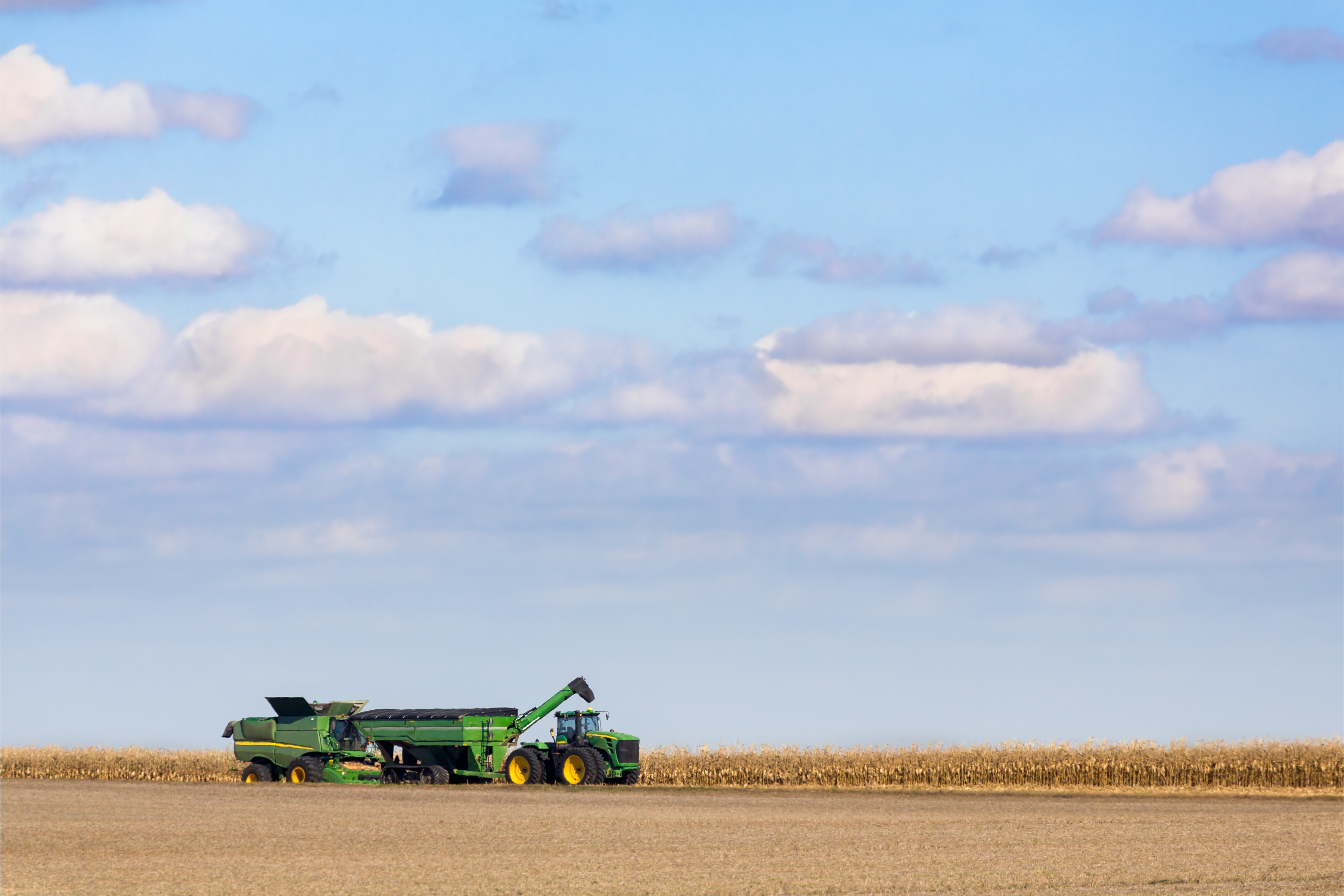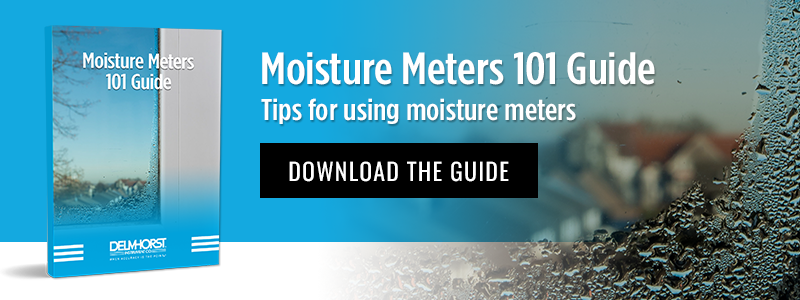Reduce Risks During Harvest Season with a Moisture Meter

Farmers have numerous challenges to deal with during the harvest season. Whether you grow hay, grain, or one of a thousand other crops, harvest time is the culmination of your efforts. But, it’s also one of the riskiest times for your crops.
Many crops face issues with their nutritive value, rot and sale price depending on one factor during harvest: their moisture content (%MC). To control these moisture-related risks, farmers need to know how wet or dry their crops are. This is where moisture meters are necessary.
How can farmers use moisture meters to reduce risks during harvest season?
1: Measuring Moisture at Harvest Time
By testing the moisture content of crops just prior to harvesting them, farmers can be sure that they’re collecting their crops at the ideal time. Performing a moisture check just prior to harvesting can help farmers avoid collecting crops when they’re too wet or too dry.
Based on %MC measurements taken just before the harvest, farmers can adjust their harvest plans to maximize the quality of their crops. For example, hay that’s too dry could be given some extra water, while hay that’s too wet could be given a few hours (or days) to dry out enough to reach the best moisture content percentage for harvest. This can prevent many of the biggest risks and enhance the quality of the crop.
2: Monitoring Soil Moisture Content Prior to Harvest
Of course, while the moisture content of the actual crop at the time of the harvest is important, there are other issues to consider. To maximize the quality of many crops, the moisture content of the soil needs to be carefully controlled from when the crop is first planted all the way to the harvest.
If there isn’t enough moisture available in the soil for your crops at any point, the crop will wither and die. However, too much moisture in the soil not only wastes water, it can cause other issues that damage crops.
Keeping an eye on soil moisture content allows farmers to improve their irrigation efforts so that they aren’t over- or under-watering crops. To monitor soil moisture content, many farmers use a specialized soil moisture meter with gypsum moisture blocks.
The moisture blocks are installed at key points throughout the field. When farmers want to check the %MC of soil, they simply connect their moisture meter with the wire leading to the moisture block and take a reading. This allows farmers to know how much moisture is available to the roots of their crops.
3: Checking Crop Moisture for Long-Term Storage & Shipping
Many crops have to be put into long-term storage or specially prepared for shipping over long distances. Part of this preparation often involves drying the crop to a certain level to prevent rot.
Moisture meters are a key part of this process. Using moisture meters to check the moisture content of grain, hay, and other long-term storage crops lets farmers avoid issues like spoilage. They also help protect the price of dried crops by allowing farmers to establish how much of their crop’s sale weight is moisture—preventing price disputes.
This is a particularly delicate issue for grain crops. Thankfully, handheld grain moisture meters make verifying the %MC of grain quick and easy.
Learn more about how you can use moisture meters to maximize the quality and value of your own crops during harvest season right now!
Subscribe to Our Blog
Post Related

Moisture & Concrete: What's The Relationship?


